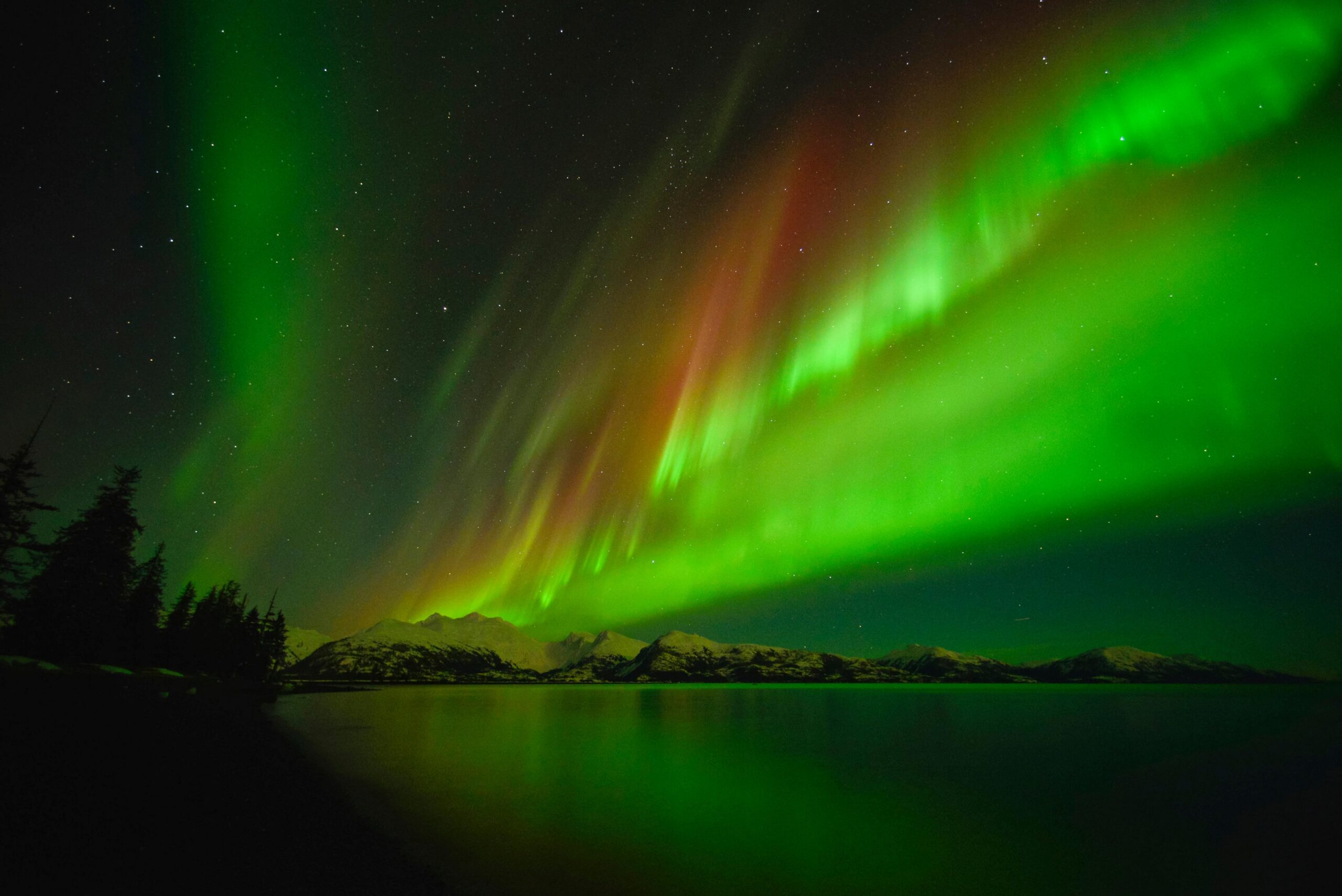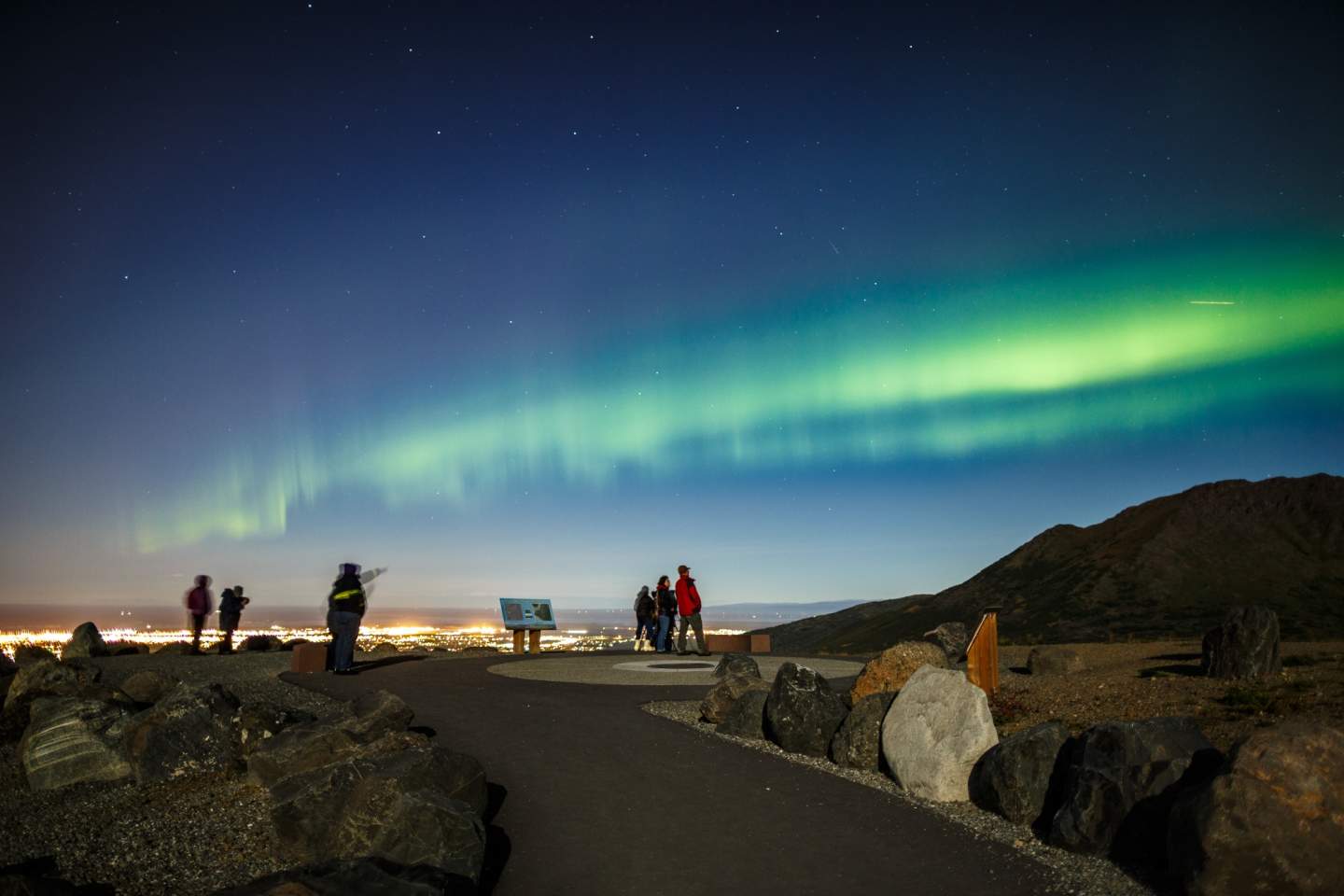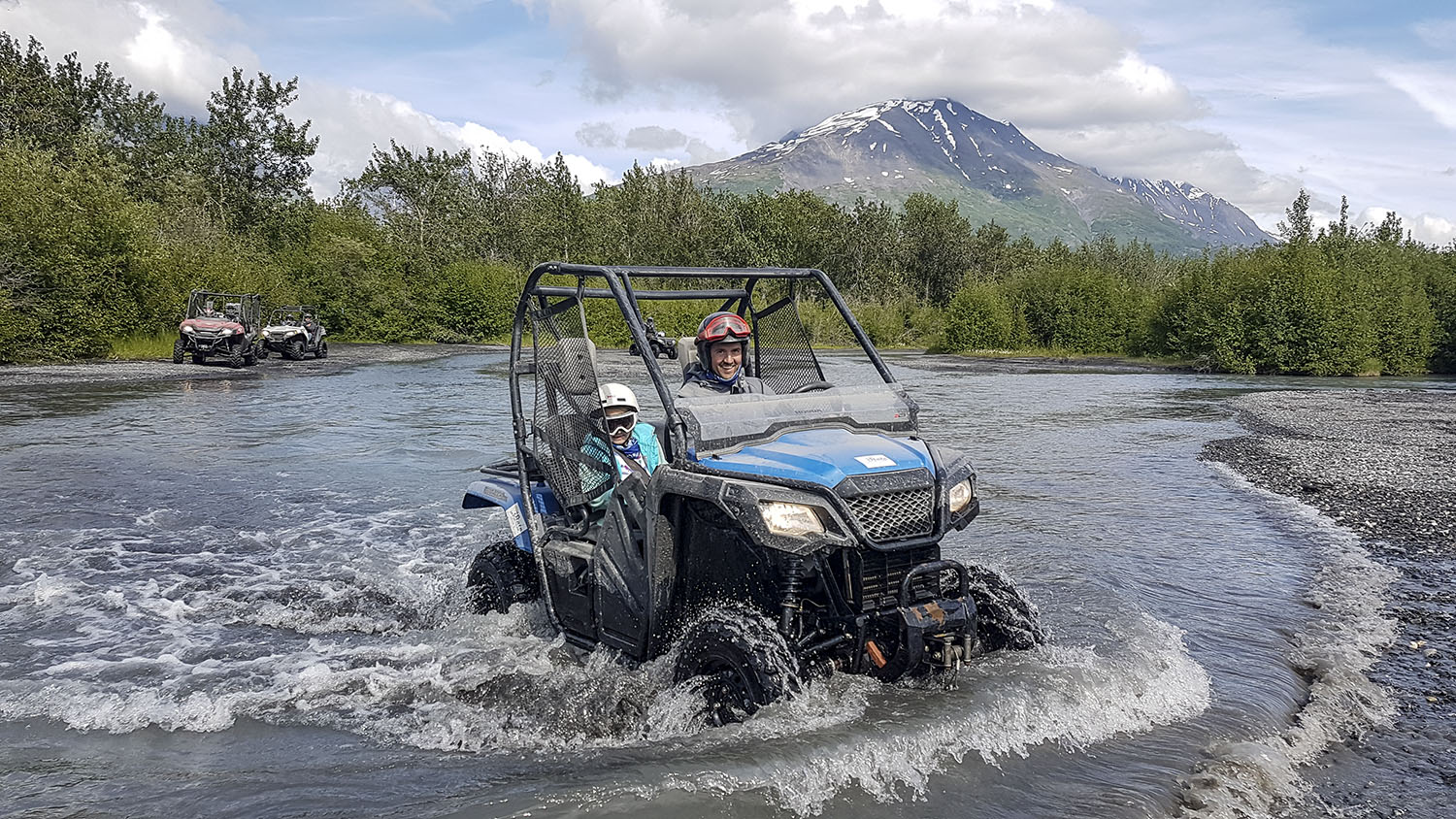Unveiling the Mystical Dance of Lights in the Alaskan Sky
In the heart of Alaska’s majestic landscapes lies a spectacle that transforms the night sky into a canvas of ethereal hues – the Aurora Borealis. This dazzling display of nature’s artistry is one of the most mesmerizing sights and a must-have experience when visiting Anchorage, Alaska. In this blog post, we’ll explore the intricacies of this celestial phenomenon and guide you on how to best enjoy this otherworldly spectacle.

The Science Behind the Magic
The Aurora Borealis, also known as the Northern Lights, is a captivating natural light show occurring when solar particles collide with atmospheric gases. The result is an awe-inspiring dance of lights across the night sky, painting it with vibrant shades of green, purple, red, and blue.
Best Time to Witness the Aurora Borealis
While the Northern Lights can be observed throughout the year, the ideal viewing season in Anchorage runs from late September to early April. The darkest hours, usually between 10 p.m. and 2 a.m., often provide the most vivid displays. However, as a natural phenomenon, the visibility of the Aurora can be influenced by factors such as weather conditions and light pollution.

Prime Aurora Viewing Locations
Although you might catch glimpses of the Aurora from within Anchorage, the city lights can often interfere with the experience. For optimal viewing, venture to darker, less populated areas on the outskirts of the city. Popular viewing spots include Flattop Mountain Park, the Tony Knowles Coastal Trail, and Glen Alps Trailhead.

Embarking on Guided Aurora Tours
There are numerous tour operators in Anchorage that offer guided excursions for Aurora viewing. These tours not only provide transportation to prime viewing locations but also supply essential gear like warm clothing and blankets. Additionally, expert guides can offer insights into the science behind the Aurora and assist in predicting its occurrence.







